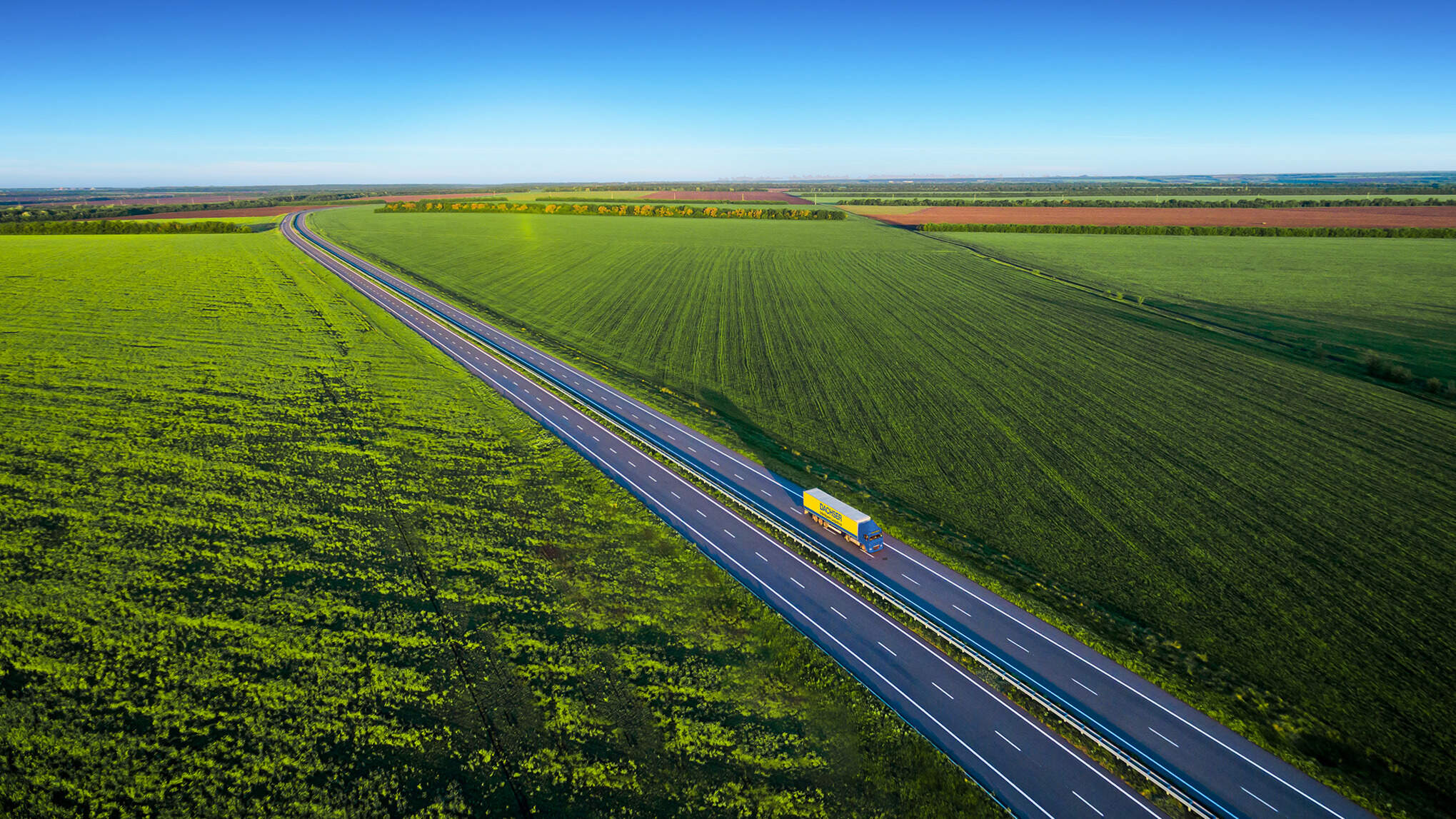DACHSER Climate Protection: Long-term climate protection strategy
Active climate protection is part of DACHSER's integrative responsibility. The logistics provider is leading the way in climate protection on the basis of efficient logistics and technical innovations, also together with customers and partners who also want to actively shape the change in logistics to low- and zero-emission technologies. Only in this way can the 2-degree target of the Paris Agreement and the climate protection goals of the European Union and many other countries be achieved in the medium and long term.

In addition to intelligent concepts for sustainable city logistics, DACHSER is also working on implementing measures to reduce CO2 and greenhouse gas emissions in regional and long-distance transport as well as at its approximately 400 branches worldwide. This includes further increasing process efficiency, for example through digital optimization tools or the increased use of mega trailers. The package of measures also includes a further increase in energy efficiency. For some time, the company has been switching its lighting to economical LED technology and converting its entire fleet of ground conveyors to modern lithium-ion technology. Increased use of renewables and green electricity is also on the agenda. Today, DACHSER already meets more than 60 percent of its total electricity requirements worldwide through on-site production via photovoltaic systems and purchases of electricity generated by wind and hydropower. In Germany and the Netherlands, the figure is close to 100 percent. “We want to continue to push the share of green energy and, above all, expand renewable energy production, especially since our demand for sustainably generated electricity will also grow massively in the coming years as a result of increasing electromobility,” explains DACHSER CDO Stefan Hohm.
Research and innovation
Promoting the development and use of alternative powertrains and fuels is also part of DACHSER’s climate protection strategy. In addition to battery-electric drives, which are already in use as part of DACHSER Emission-Free Delivery and are being tested for further use cases, the logistics provider is also looking into fuel-cell trucks and the use of green hydrogen.
“Various studies we’ve been involved in show that fuel-cell trucks will play a key role on the way to making road transport emission-free toward the end of this decade. That’s why we’re already preparing intensively for this technology with various partners,” Hohm says.
DACHSER is a member of the German Hydrogen and Fuel Cell Association (DWV) and cooperates with RWTH Aachen University and Kempten University of Applied Sciences as well as commercial vehicle manufacturers such as Daimler Trucks in researching and developing hydrogen technology.

Corporate citizenship
The climate protection strategy is rounded off by an increased commitment to sustainable developments that go beyond DACHSER’s business model. For over a decade, DACHSER has been committed to several projects together with children’s aid organization terre des hommes in India, Nepal, Brazil, and Namibia. The protection of natural resources is playing an increasingly important role here, as people in emerging and developing countries are particularly affected by the negative effects of global warming.
